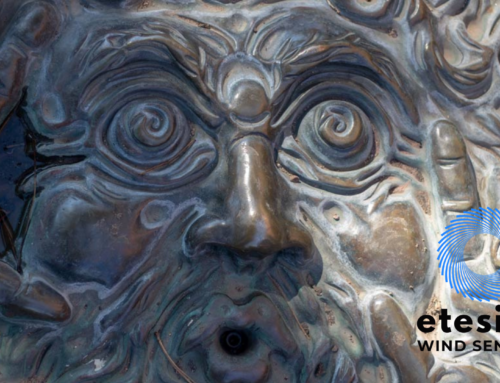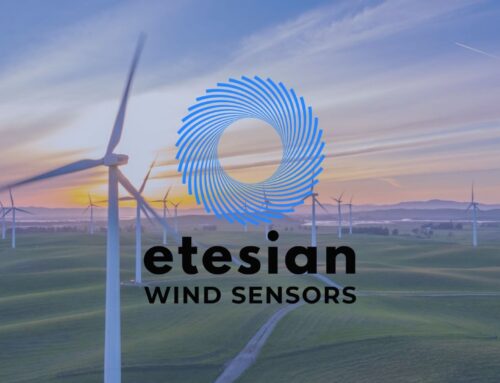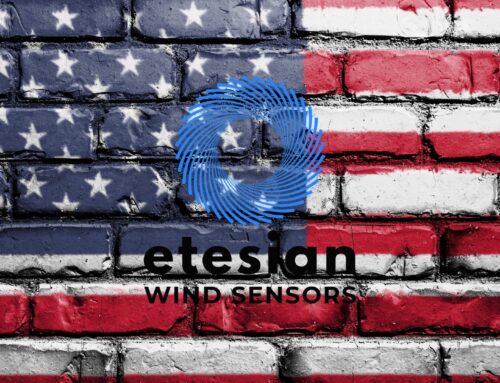For crane operators, unexpected wind gusts pose one of the most significant risks they will face on the job. Statistical as well as anecdotal evidence supports this claim time and time again. For instance, the American National Standards Institute (ANSI) reports that, “Between 2000 and 2010, there were 1,125 tower crane accidents reported worldwide, resulting in over 780 deaths. One of the main culprits behind these tragedies was exposure to wind, which caused 23 percent of all accidents.” While ANSI recommends tracking wind speed to prevent crane accidents, they also emphasize that “…the primary concern related to the forces that wind exerts on a tower crane’s load is not the speed of the wind, but its pressure. Wind pressure varies as the square of the wind speed, so, as wind speed doubles, the wind pressure increases by a factor of four times. This means that a small increase in wind speed can severely threaten the safe performance of a tower crane.”
So we have heard from ANSI regarding some of the statistics surrounding the effects of wind on cranes, but now let’s hear right from a veteran crane operator,
“I was a Tower crane operator for 25 years. I figured that I climbed up and down over 300 miles in that time. During those 25 years we had 3 different times during jacking that we almost lost it, twice because of unexpected wind gusts and once because the erector in charge used the wrong counter balance. 4 other times there was some screw ups that could have resulted in a major accident but was caught just in time. I was also hit by lightning 9 times in the crane, don’t let anyone tell you different you can get shocked if the door and windows are open when it hits and it sure hurts.”
It should be clear from both the statistical and anecdotal overview that operating cranes is a risky business performed by brave souls all over the world who should never take their safety for granted. It is also clear that inclement weather and high, volatile winds pose the greatest risk to crane operators and that any crane operation protocol should include requirements for weather monitoring equipment as well as site specific wind sensors and anemometers that are able to ensure the safety of each crane operator as well as the safety of the jobsite in general. Using a high quality anemometer from Etesian Wind Sensors will not only ensure that you keep your crane operators safe and your jobsite free from risk, but it will also help you decrease your liability if you ever have to make an insurance claim related to an unforeseen weather event.
At Etesian Wind Sensors we believe that being aware of your environment and precisely knowing what it is doing at any specific time through the use of high quality anemometers and wind sensors is one of the best ways to stay safe. Simply put, at Etesian Wind Sensors, we want you to know your weather better than you already do, so that you can stay safer than you ever have.





